Understanding Slotted Linear Lamp With Adjustable Color Temperature
The Science Behind Color Temperature (Kelvin Scale)
Color temperature, measured in Kelvin (K), plays a crucial role in defining the visual warmth or coolness of light. Ranging from 2700K, which emits a cozy, warm light, to 6500K, representing the cool, bluish tones akin to daylight, the Kelvin scale provides a spectrum to suit varying needs. Studies conducted by lighting experts demonstrate that different color temperatures significantly affect mood and productivity. For instance, warmer lighting tends to create a relaxed atmosphere, beneficial in residential settings, while cooler lighting promotes alertness, making it ideal for workspaces. Choosing the appropriate color temperature is essential for enhancing both personal and professional environments.
In residential environments, the availability of natural light can guide the choice of lighting color temperature. Spaces with abundant natural light can utilize cooler temperatures to maintain a vibrant feel, while areas with limited daylight might benefit from warmer lights to enhance comfort. Commercial locations need to balance productivity with ambiance, often choosing neutral color temperatures that offer clarity without harshness. Selecting the right light can transform spaces, influencing emotions and improving tasks' efficiency by adapting to specific lighting needs.
How Adjustable Brightness Enhances Versatility
Adjustable brightness is a transformative feature in modern lighting solutions, offering remarkable versatility by allowing users to customize their light levels according to the activity at hand. Bright settings suit tasks requiring focus and precision, such as working or studying, while dimmer settings create a calming environment perfect for relaxation. This flexibility not only augments comfort but also extends the life expectancy of bulbs and aids in energy conservation by ensuring lights are never brighter than necessary.
Energy savings from adjustable brightness also contribute significantly to reducing operating costs. By intelligently controlling light intensity, organizations can achieve sustainability goals and prolong bulb lifespan, reducing replacements and maintenance expenses. For instance, case studies have shown that spaces utilizing adjustable brightness features have markedly improved ambiance, enhancing user experiences in both homes and workplaces. The ability to alter lighting dynamically boosts functionality, ensuring each space meets its intended purpose with optimal illumination.
Key Features of Modern Slotted Linear Lamps
Slotted Linear Lamp With Aluminum Housing
Aluminum housing plays a crucial role in the heat dissipation of modern slotted linear lamps, significantly extending their lifespan. Studies on thermal management have shown that aluminum effectively conducts heat away from the light source, ensuring optimal performance over extended periods. Compared to materials like plastic, aluminum offers superior durability, impacting the longevity and reducing maintenance needs of the lighting fixture. Furthermore, aluminum's recyclable nature provides environmental benefits, aligning with sustainable practices and reducing the ecological footprint of these lamps.
Precision Light Diffusion Through Slot Design
The innovative slot design of modern slotted linear lamps allows for precision light diffusion, ensuring even illumination while minimizing hotspots. This design brings efficiency and aesthetic advantages over traditional lighting fixtures, which often fail to provide consistent lighting distribution. These benefits are not just speculative; lighting tests and manufacturer specifications confirm the superior performance of slot design in achieving controlled light diffusion. By offering a blend of functionality and visual appeal, slotted linear lamps are an optimal choice for both residential and commercial spaces.
Seamless Dimming and Temperature Transition
Modern slotted linear lamps incorporate advanced technology that enables seamless dimming and smooth transitions between different color temperatures. This enhances user experience, particularly in settings that require adaptable lighting conditions, such as home offices or living rooms. Real-life applications demonstrate the effectiveness of these features in retail and exhibition spaces, where lighting must be dynamic and responsive to various display needs. These capabilities offer users unparalleled flexibility, ensuring that lighting not only meets functional requirements but also enriches the environment.
Benefits of Customizable Lighting Solutions
Mood Enhancement Through Warm/Cool Light Balance
Customizable lighting solutions play a crucial role in mood enhancement by allowing users to balance warm and cool light temperatures. Research indicates that different lighting colors can significantly influence mood and behavior. For instance, warm lighting is known to create a cozy, relaxing atmosphere, making it ideal for homes or therapy centers, where comfort is paramount. Conversely, cool lighting can energize and increase alertness, benefiting workspaces where productivity is essential. Studies have demonstrated that lighting color impacts not only mood but also productivity levels and general comfort, underscoring the importance of adjustable lighting solutions.
Task-Specific Illumination for Work & Leisure
Customizable lighting caters to diverse tasks, improving functionality in various environments. Task-specific illumination has been shown to enhance productivity, as evidenced by ergonomic research. This research suggests that targeted lighting is effective in improving focus and efficiency, proving invaluable in both work and leisure settings. Industries where tailored lighting solutions are highly beneficial include offices, healthcare facilities, and educational institutions. Case studies and testimonials from these sectors reveal the effectiveness of customizable lighting in optimizing workspaces and personal environments.
Energy Efficiency of LED Technology
The energy efficiency of LED technology is pivotal in modern lighting solutions. LEDs consume significantly less energy compared to traditional lighting systems, providing substantial environmental and financial benefits. The adjustable features of LED lighting contribute to energy savings, allowing users to tailor lighting use based on specific needs and reduce electricity bills. Government initiatives worldwide support the transition to energy-efficient lighting solutions by providing incentives and implementing policies that promote the use of LEDs. These efforts align with sustainable practices, driving widespread adoption of LED technology in homes and businesses.
Practical Applications and Installation Considerations
Ideal Spaces for Slotted Linear Lamps (Kitchens, Offices, Retail)
Slotted linear lamps are ideal for spaces like kitchens, offices, and retail areas due to their functional and aesthetic advantages. These environments demand precise lighting conditions to ensure optimal workflow and enhance visual appeal. For example, in kitchens, slotted linear lamps provide focused illumination on countertops, aiding in tasks like food preparation. In offices, they offer balanced lighting that minimizes glare on screens, promoting productivity. Retail spaces benefit from these lamps’ ability to highlight products and create inviting atmospheres. Evidence-based studies underscore the importance of light distribution and color temperature in achieving these benefits, reinforcing the practicality of slotted linear lamps in these settings.
Matching Color Temperature to Room Functionality
Choosing the right color temperature is crucial for tailoring lighting to a room's functionality. Design principles often recommend cooler temperatures for task-oriented spaces like kitchens and offices, while warmer tones serve areas meant for relaxation, such as living rooms and bedrooms. Experts also advocate for adjustable lighting solutions that accommodate evolving room usage, recognizing the need for flexibility as a room's purpose may change over time. This adaptability is essential in dynamic environments, offering a balance between aesthetic appeal and functional lighting design suitable for various activities.
Professional vs DIY Installation Options
When it comes to installing slotted linear lamps, the decision between professional or DIY approaches should be carefully considered. Professional installation offers numerous benefits, ensuring safety and efficiency through expert handling and adherence to electrical standards. While DIY installations might seem cost-effective, they can pose risks if not executed with adequate electrical knowledge. Potential pitfalls include improper wiring or fixture alignment, which could lead to accidents or suboptimal lighting performance. Therefore, hiring reputable installers ensures the best outcome, but assessing the complexity of the installation can help determine when seeking professional help is necessary.











